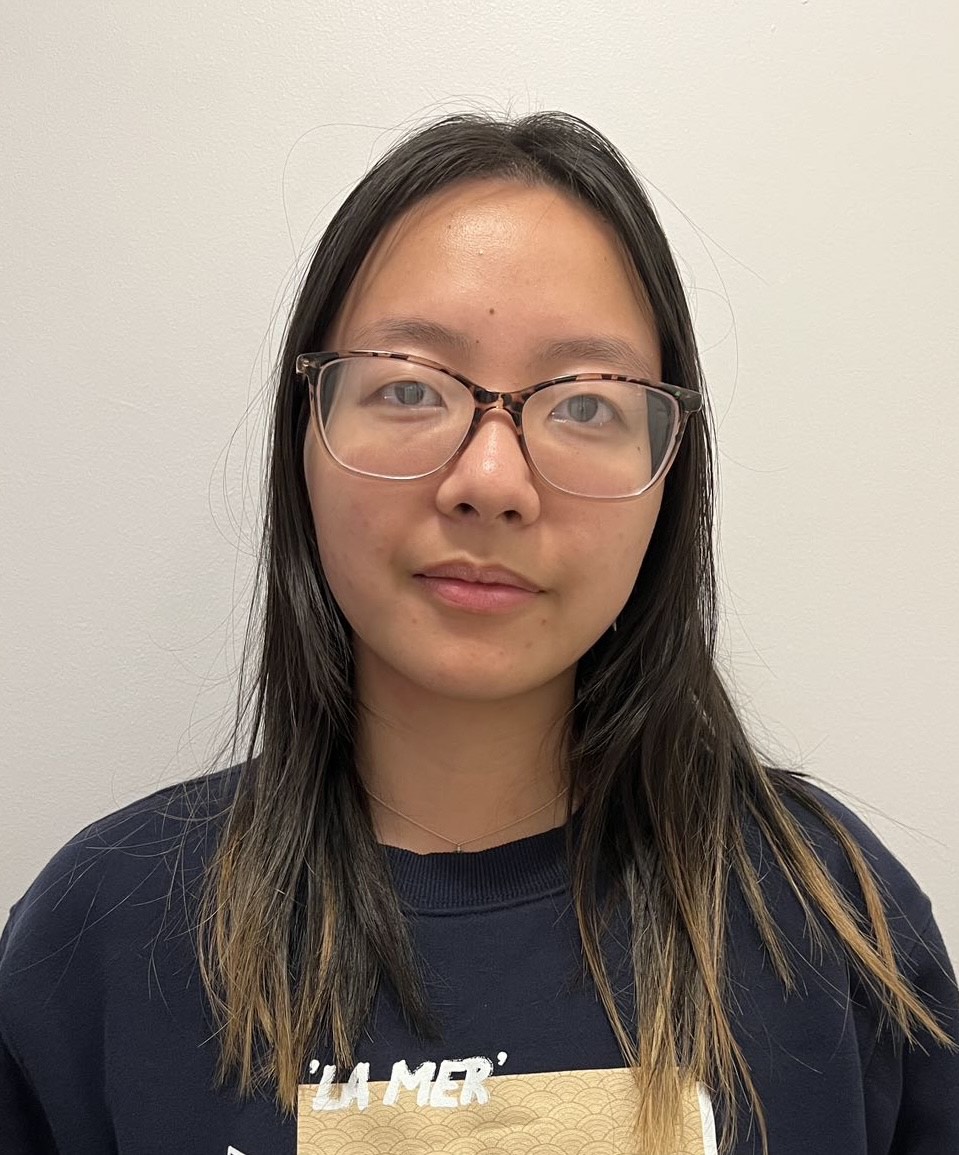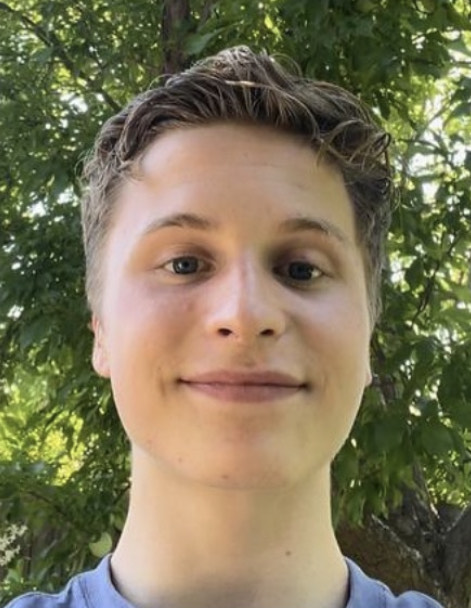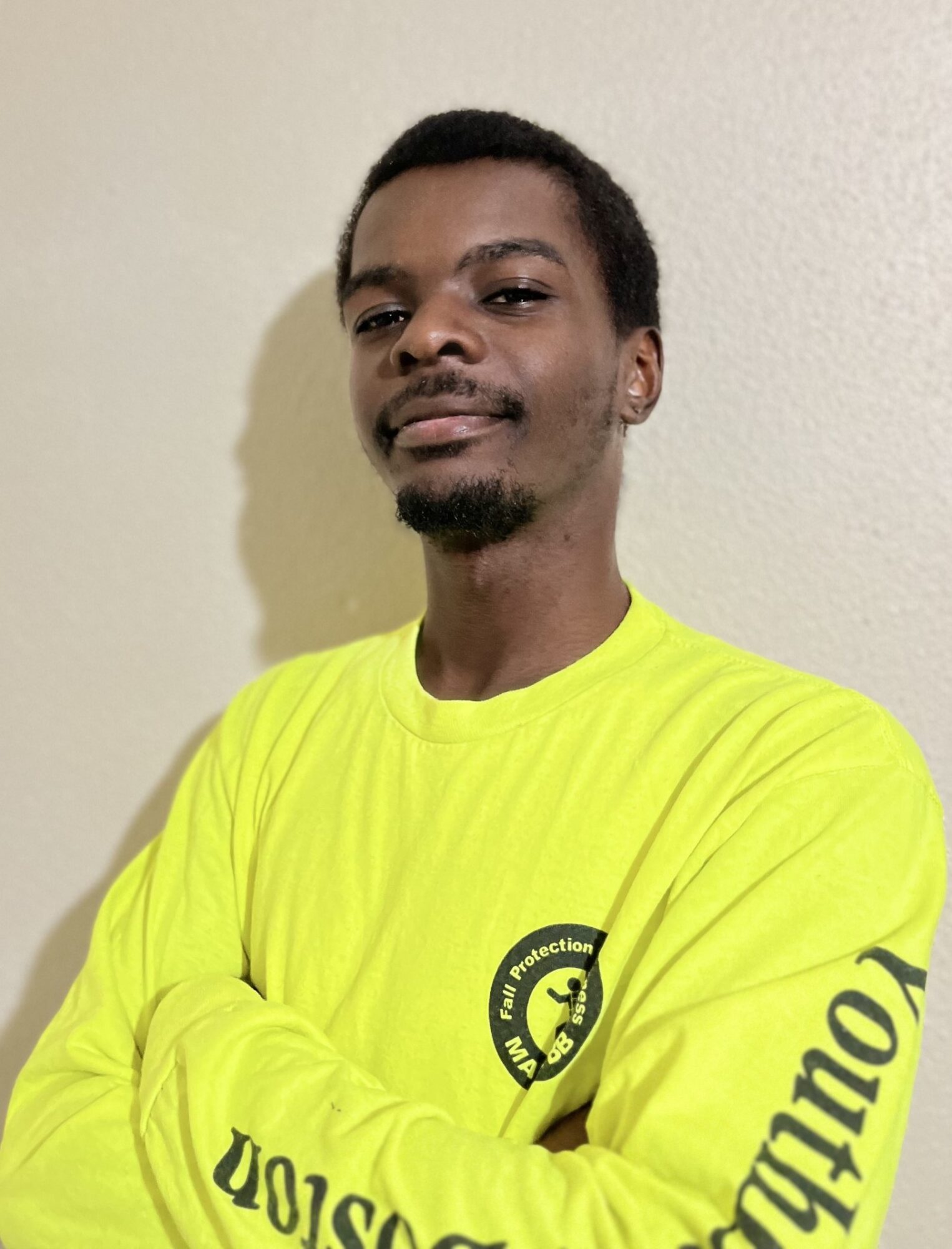
The construction industry is at a crossroads when it comes to finding talent. According to Associated General Contractors of America (AGC), 85% of construction firms report they have open positions they are trying to fill. To alleviate the labor shortage and sustain the future of the industry in the long-term, construction needs to attract a new generation of passionate, diverse, and innovative professionals.
At Autodesk, part of our mission is to create a better industry for today and tomorrow. Through our Make It Real program, we encourage young people to engage with their communities by applying the design thinking process to real problems related to construction and the built environment. Two key initiatives include:

So far, we’ve had some incredible winners for our scholarship award and microgrants. We recently had the opportunity to speak to six of our winners to discuss more about what inspired them to enter the awards or challenge, and what’s needed to build a better future for the industry.
Read their insights, below!

Tell us about your submission. What inspired you to enter the design challenge?
It all started from a trip to Ocean City in the summer of 2022. After we checked into the hotel, my family and I decided to visit Assateague Island to see some wild horses, because it was just a hundred meters away from Ocean City. We could even see the plantation on the island standing at the boardwalk. We thought that there must be a way to drive or even walk there and it won’t take too long. However, despite expectations, there’s not a single road connecting the two islands. We instead must detour inwards onto a highway to get there. It took us 25 minutes. So, I thought this was not only a waste of time, but also the emission from the cars must have also been very detrimental to the environment. So, when the “Make It Bridge” student design challenge came up several months later, I decided to design my own version of a pedestrian bridge that connects two islands for tourists or citizens who had similar experiences to mine. And it is always exciting when I can create something inspired by my real-life story.
What impact do you think the scholarship will have on your future?
This certainly is an honor to receive this scholarship. It will definitely help me get closer to my dream major because it gives me more leeway when considering colleges. It is still a huge amount of money even when it comes to student debt. This head-start builds me a lot of confidence in what I could accomplish in the future.
Why are you inspired to pursue a career in the AEC industry? What impact do you hope to make in the industry?
I have always wanted to be an architect or interior designer. I love how it is scientific, but also extremely creative. Every building you design is not only just a practical place for people to stay, but it also is an art piece that connects us no matter who you are. I really want to design a building or its interiors on my own and contribute more ideas to the architectural industry.

Tell us about your submission. What inspired you to enter the design challenge?
I decided to create a submission for this challenge because I felt inspired to get out of my comfort zone and try something new. I had very little intention of submitting my finished project. I have never previously designed large structures in CAD (Computer Aided Design); I've only designed small home gadgets and models with no particular use in mind. I decided this was a good opportunity to learn something new, and so I took my shot. There was a bit of a learning curve as I went from designing for fun to designing with real purpose, but I soon got the hang of it. As I was designing, I realized I really do love using CAD more than I thought I did. The diversity of ways you can utilize it allows for limitless possibilities and it fills me with a great sense of fulfillment and pleasure. I was proud of the results of this project and the growth it allowed me to experience, so I was happy to turn it in as complete. I didn't expect to get any rewards for it, and I'm honestly still shocked. Thank you for this experience, it was incredible and eye-opening. No regrets!
What impact do you think the scholarship will have on your future?
This scholarship means the world to me. I've never won a scholarship before. I never previously believed in myself enough to sign up for scholarships, but this experience has given me the confidence to take other opportunities. Once I graduate next year, I will be the first in my family to go to college. This scholarship has given me hope that there are means of making college affordable, and it established my desire to build a career using CAD. The $1000 I earned is going into my first-ever college fund. I never had money to spare to start a fund, but this scholarship has finally allowed me to do so.

Tell us about your submission. What inspired you to enter the design challenge?
Last year, I participated in the “Make It Modular” challenge, and I learned so much, not only about tangible skills, but mainly about myself. I found a love and desire to create spaces that evoke emotions within people, going beyond mere structures and concepts, and instead focusing on creating meaningful and impactful settings. This led me to the “Make It Bridge” challenge, offering an opportunity to do just that: create a space that transcends its functional purpose, igniting a sense of unity, sustainability, and innovation. I aimed to design a bridge that wouldn't just sit on top of its surroundings but would be seamlessly integrated within them. I carefully considered the location, feasibility, and purpose based on my community's needs, serving as an example in the process. I endeavored to craft a bridge that wouldn't fit the typical mold of a generic bridge. Instead, I aimed to change people's perspective on what a bridge can be. It's not merely a connection between two areas; it's a connection between people, nature, and their community.
What impact do you think the scholarship will have on your future?
Receiving this scholarship has already significantly impacted my future. It has relieved the financial burden of educational expenses, inspired me to strive for excellence, and opened doors to personal and professional growth. This support will enable me to delve deeper into my interests and fully immerse myself in these experiences, freeing me from the worry about the financial aspect of school, opportunities, and more. With this scholarship, I can wholeheartedly dedicate my time and energy to exploring my passions and taking advantage of the educational and professional opportunities that come my way. It allows me to focus on honing my skills, building valuable connections, and contributing positively to my community.
Why are you inspired to pursue a career in the AEC industry? What impact do you hope to make in the industry?
I am inspired to pursue a career in the AEC industry because of challenges like “Make It Bridge,” allowing me to see the transformative potential it offers to shape our built environment. The vision I presented for the pedestrian bridge in Sacramento reflects my passion for creating spaces that go beyond mere “buildings” but become meaningful, engaging, and sustainable elements of our communities and beyond.
In the AEC industry, I see an opportunity to combine creativity, technical expertise, and a commitment to sustainability to bring innovative and impactful projects to life. I believe that well-designed structures can inspire people, foster a sense of unity, and contribute to a more sustainable future.
The impact I hope to make in the AEC industry is to push the boundaries of conventional design thinking. I aspire to create spaces and structures that not only serve their practical purposes but also resonate with people on a deeper level. I want to promote sustainable practices and integration with the natural environment, as demonstrated in my vision for the bridge and also the importance this has in our present, and the impact it has on our futures.

What inspired you to apply for a microgrant?
My teacher told everyone in the class about the microgrant opportunity. When I heard about it, I wanted to apply because the grant would help fund opportunities to learn more about construction and design.
What impact do you think the microgrant will have on your future?
The microgrant will help me buy tools and supplies to improve my skills. It will help set the foundation for success when I go to college by gaining experience early.
Why are you inspired to pursue a career in the AEC industry? What impact do you hope to make in the industry?
I want to pursue a career in AEC, specifically architecture, because I love learning about houses and seeing the process of how houses are designed and then made a reality. I want to be able to not only build my dream house, but also make others’ dreams come true. There is nothing better than an amazing house. I hope to impact the industry by making the best quality homes and to influence others in the industry to do their best, so everyone can have a home they love.

What inspired you to apply for a microgrant?
When I was told of this microgrant, I found it a good opportunity to improve my equipment for welding, so that I can better my practice and be able to work on any individual projects I may have later.
What impact do you think the microgrant will have on your future?
This microgrant will be a great help for my future because it provides me with an opportunity to pay for tools and equipment I will need for my training. A quality welding helmet will last for any jobs I’ll get in the upcoming years.
Why are you inspired to pursue an AEC career? What impact do you hope to make in the industry?
I have always liked to build things and work with my hands, so pursuing a career in AEC is a perfect fit. Being able to go into the field to work on a project would be a good experience and sounds interesting to do. I would like to impact the industry by doing the best I can and representing more women in the welding field.
In August, Autodesk hosted 20 teachers and students from the Boston Public Schools, ACE Mentor Program of America, YouthBuild Boston, and Bunker Hill Community College at Autodesk’s Boston office for the AEC Externship, a two-week paid program that aims to uncover ways to engage with and inspire more diverse people to pursue and advance their careers in construction.
As part of this year’s program, community members such as public officials, AEC industry professionals, higher education leaders, and representatives from youth-serving nonprofits highlighted for participants how builders can be on the front lines of economic inclusion. The externship participants also worked collaboratively on projects for building a better Boston, with mentorship from volunteers from Autodesk and our partners in the program: Gilbane Building Company, Nitsch Engineering, and Elkus Manfredi Architects, including support from the United Way of Massachusetts Bay. The program culminated in a public showcase at Wentworth Institute of Technology that drew a crowd to hear the students’ and teachers’ ideas.
In addition to earning microgrants, two YouthBuild pre-apprentices also took part in the externship, including Keyshawn Kavanaugh

What inspired you to apply for a microgrant?
When I first heard about the microgrant from Autodesk, I applied knowing it would help with transportation costs on the commuter rail and food during lunch. Having the grant would allow me greater energy to focus on the work we were doing.
Why are you inspired to pursue a career in the AEC industry? What impact do you hope to make in the industry?
For me when it came to learning about the construction industry and how it all works and comes together and how many pieces there really are, it felt new and interesting. I first learned about what some of the types of construction jobs there are – such as carpentry, plumbing, and electrical – during my time at YouthBuild Boston. They taught me a lot: how to read a measuring tape; how to use a speed square; the basics of how to build a wall and how to put it together. Learning all these skills and being taught how to build from the ground up just seemed exciting to me and felt different. I found something I could really make a career out of and motivation to sharpen my skills as I learn more. An impact I hope I can make in this industry is continuing to show that I’m willing to learn more and that I can inspire young people to try and find a path into the construction industry.
What was your externship experience like at Autodesk this summer? What impact do you think it will have on your future outlook for your career?
My externship with Autodesk this summer was enjoyable. I first visited Autodesk for a field trip in June with YouthBuild to meet Congressman Stephen Lynch. It was fun to be back at Autodesk again a couple of months later to learn more about issues impacting the construction industry's future.

During the internship we were a diverse group of YouthBuild pre-apprentices, Bunker Hill Community College students, and high school students from the ACE Mentor Program. We collaborated on projects based on our interests. I enjoyed getting to meet the other students and seeing what got them to where they are now. We also got to meet representatives from several AEC firms and learn more about what their role is in the construction field and what part they play. It was fascinating to see how many other aspects there were and how they fit together on a building project. The impact this will have on my future will be a deeper knowledge of what goes on at a construction site, and when it comes to reading blueprints, to have more context for what I’m reading.

May we collect and use your data?
Learn more about the Third Party Services we use and our Privacy Statement.May we collect and use your data to tailor your experience?
Explore the benefits of a customized experience by managing your privacy settings for this site or visit our Privacy Statement to learn more about your options.